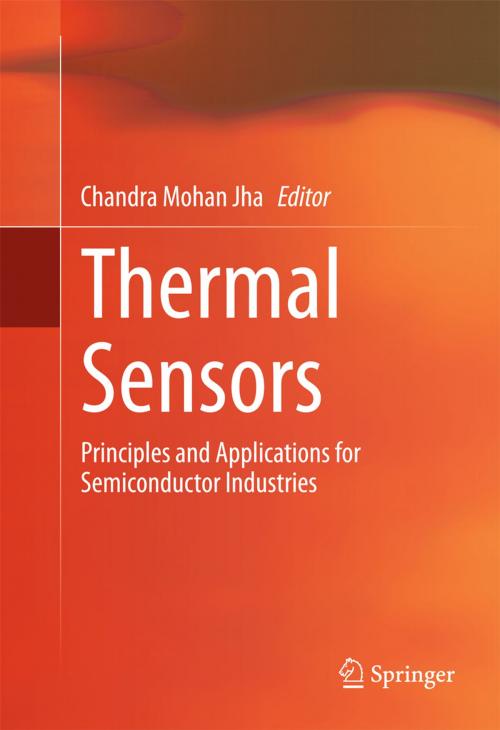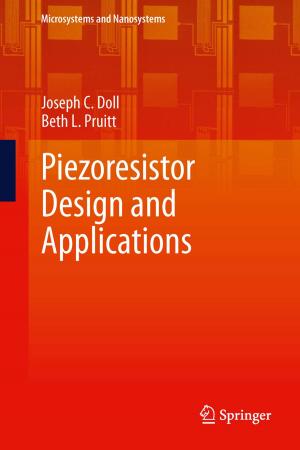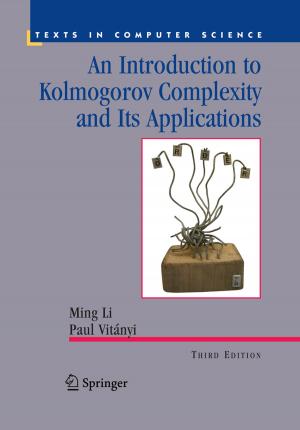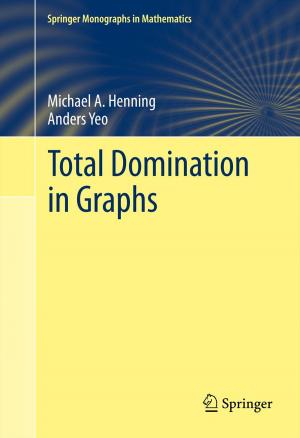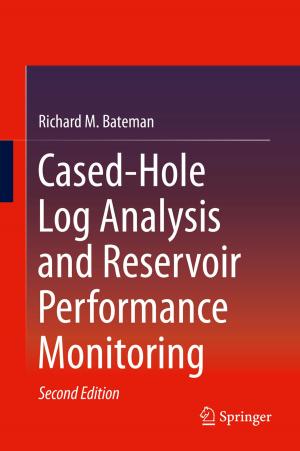Thermal Sensors
Principles and Applications for Semiconductor Industries
Nonfiction, Science & Nature, Science, Physics, Thermodynamics, Technology, Electronics, Circuits| Author: | ISBN: | 9781493925810 | |
| Publisher: | Springer New York | Publication: | April 15, 2015 |
| Imprint: | Springer | Language: | English |
| Author: | |
| ISBN: | 9781493925810 |
| Publisher: | Springer New York |
| Publication: | April 15, 2015 |
| Imprint: | Springer |
| Language: | English |
This book is a comprehensive guide to both the fundamentals of thermal sensors and their advanced functions. Key topics include sensor materials, CMOS-compatible sensors, measurement capabilities, thermal management and manufacturing processes. The introductory chapter covers the basic principles of thermal sensors from the essentials of heat transfer to smart wireless sensors. Later chapters illustrate the wide range of thermal sensor uses, from microprocessor thermal sensing to energy converter applications. Modeling and simulation techniques are used to explain the future direction of the field. Designed for researchers and practitioners working with wireless sensors and thermal management, Thermal Sensors: Principles and Applications for Semiconductor Industries is a valuable reference to the benefits and challenges these sensors offer. Advanced-level students studying mechanical or electrical engineering and networks will also find the content useful.
This book is a comprehensive guide to both the fundamentals of thermal sensors and their advanced functions. Key topics include sensor materials, CMOS-compatible sensors, measurement capabilities, thermal management and manufacturing processes. The introductory chapter covers the basic principles of thermal sensors from the essentials of heat transfer to smart wireless sensors. Later chapters illustrate the wide range of thermal sensor uses, from microprocessor thermal sensing to energy converter applications. Modeling and simulation techniques are used to explain the future direction of the field. Designed for researchers and practitioners working with wireless sensors and thermal management, Thermal Sensors: Principles and Applications for Semiconductor Industries is a valuable reference to the benefits and challenges these sensors offer. Advanced-level students studying mechanical or electrical engineering and networks will also find the content useful.
